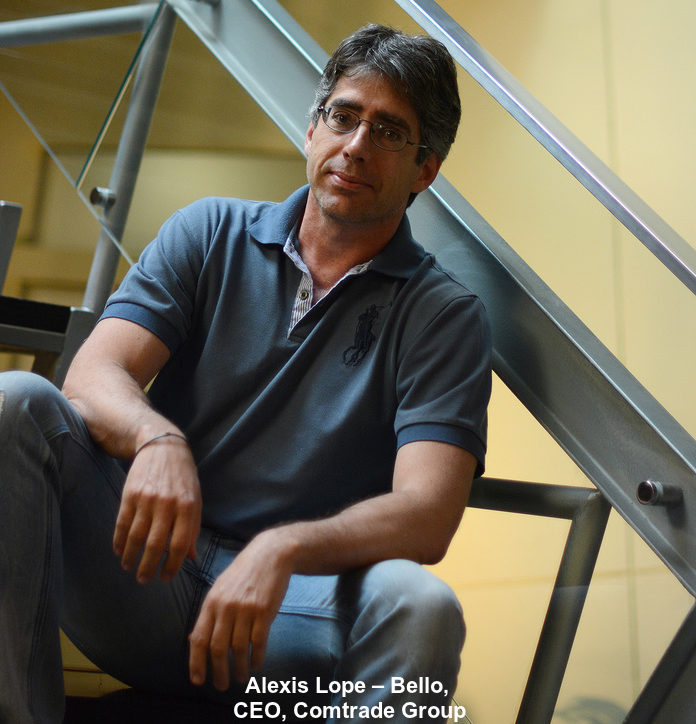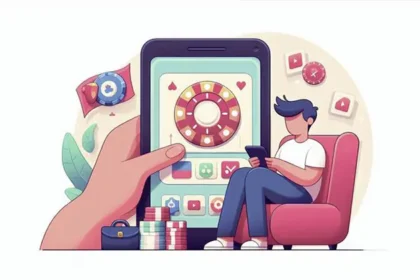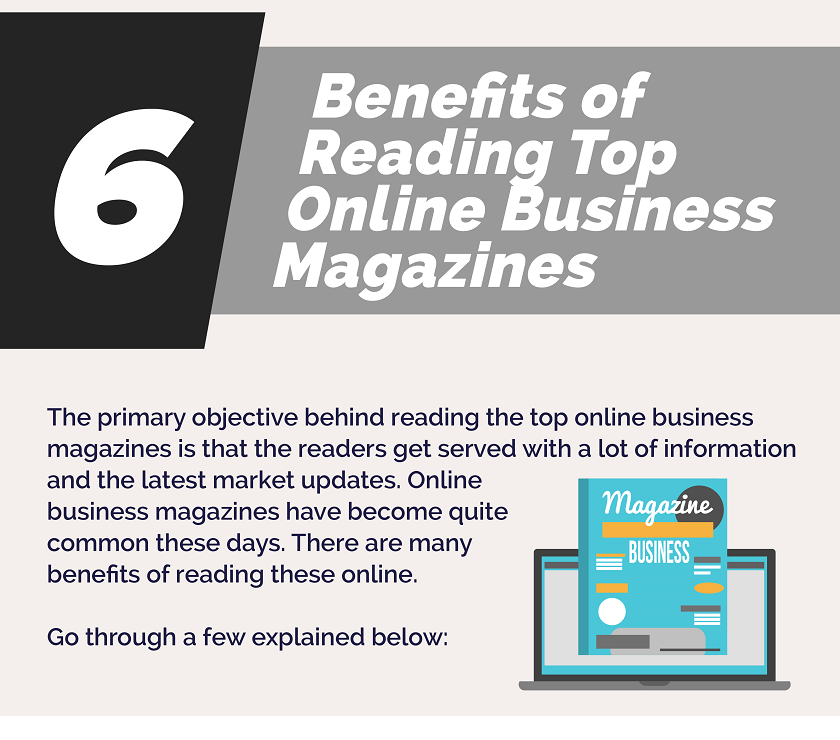IoT is thriving and fast becoming one of the most important technologies of the 21st century, with a seemingly never-ending potential. Connecting your home appliances to your smartphone aside, the two areas where we have witnessed IoT playing a major role in recent years are Smart Cities and Industrial Digitalization.
While the concept of Smart Cities is struggling to take-off to an extent where the results are actually measurable, Industrial Digitalization offers calculable results in terms of operational costs and profit. It’s comes as no surprise that manufacturers are increasingly keen to attain IoT innovations that can push their businesses to the forefront of a competitive global market.
Despite a strong push from the media and many initiatives around the globe to get Smart Cities up and running, there is much uncertainty surrounding the future of their dynamics. Additionally, involving whole societies in digital transformation brings with it almost immeasurable complexities, presenting a significant sociocultural challenge.
It seems that Smart Cities will have to wait, or develop at a slower pace. On the other hand, history has taught us that business has the power to rapidly advance society. The industrial revolution is proof of this. I would like to focus on the industrial side of IoT, lately also referred to as IIoT (Industrial Internet of Things) and the fourth wave of the industrial revolution, or simply Industry 4.0.
IoT techniques and systems have been around for a long time. Only the acronym itself – IoT – is a recent development, gaining increasing popularity over the last few years. The concept has always been about distribution, management, metrics and communication. The change pushing IoT to the forefront of digital transformation, is that the whole technology stack (sensors, communication, data storage, data processing, and analytics) has become more affordable, while new communication channels have emerged and are evolving, offering opportunities for more ambitious IoT projects.
So, what does digitalization mean for Industry? There are two key things digitalization brings to business. Firstly, auxiliary revenues. IoT is now able to look at patterns extracted from data and use them to develop new business models, like product-as-a-service, asset sharing, or pay-per-usage. Secondly, digitalization enables smarter asset management and maintenance. For example, the development of predictive analytics and maintenance platforms, enabling operational and budget optimization, and failure prevention.
There’s no doubt that digitalization will progress globally in the future, and it will ride on 2 major pillars: communication, and sensors.
Right now, only a few solo players are offering appropriate communication solutions, including the likes of LoraWan and NB-IoT. However, we are witnessing the development of fifth generation networks (5G) which some Telco companies are now trialling, and expect to implement on a broad scale soon. This will impact IoT hugely, presenting the first broader solution suitable for the needs of Industrial IoT, enabling faster and better communication.
Sensors are becoming cheaper, more energy efficient, and more accurate and reliable, enabling wider points of use with increasing parameter insights. The near future holds in store an abundance of cheap smart sensors consuming minimal energy, allowing for installations that were previously impossible in demanding industrial environments and harsh conditions.
Despite these positive possible developments, I still see two major challenges impeding widespread future use of IoT in industry:
The first is Standardization. Currently, communication protocol and sensor standardization are lacking. This means gateway manufacturers have to develop complex solutions, resulting in higher costs and complexity for users. Focusing on standardization might limit the acceleration of IoT development, but we’re at the stage where the complexity and impossibility of managing more and more expansive IoT systems demands that we move standardization forward in a smart way. Perhaps a similar story to Sony DV could be the answer, where all leading producers of video camera recorders at the time banded together to adopt their competitor Sony’s storage standards, creating a global video storage standard.
The second issue concerns security. Once we start using IoT, our systems and data become vulnerable and globally accessible. Sensors have not yet reached maturity in terms of security, and hackers are almost always one step ahead. Blockchain presents one viable solution. The term is lately overused, but it offers an answer to numerous security threats through decentralization and encrypted blocks. Thanks to Blockchain, the complete process of communication and information exchange can be verified, creating reliable end-to-end visibility. It also eliminates dependence on one single provider, and is therefore less vulnerable to various impacts.
What about IoT in the next few decades? Here, I see AI driving change. Artificial Intelligence will “sit” on data, understanding it and searching for patterns that we can-t see. I would like to think that we will witness the complete synergy of AI and the physical world, creating a hyperconnected way of living that’s incomprehensible today.










